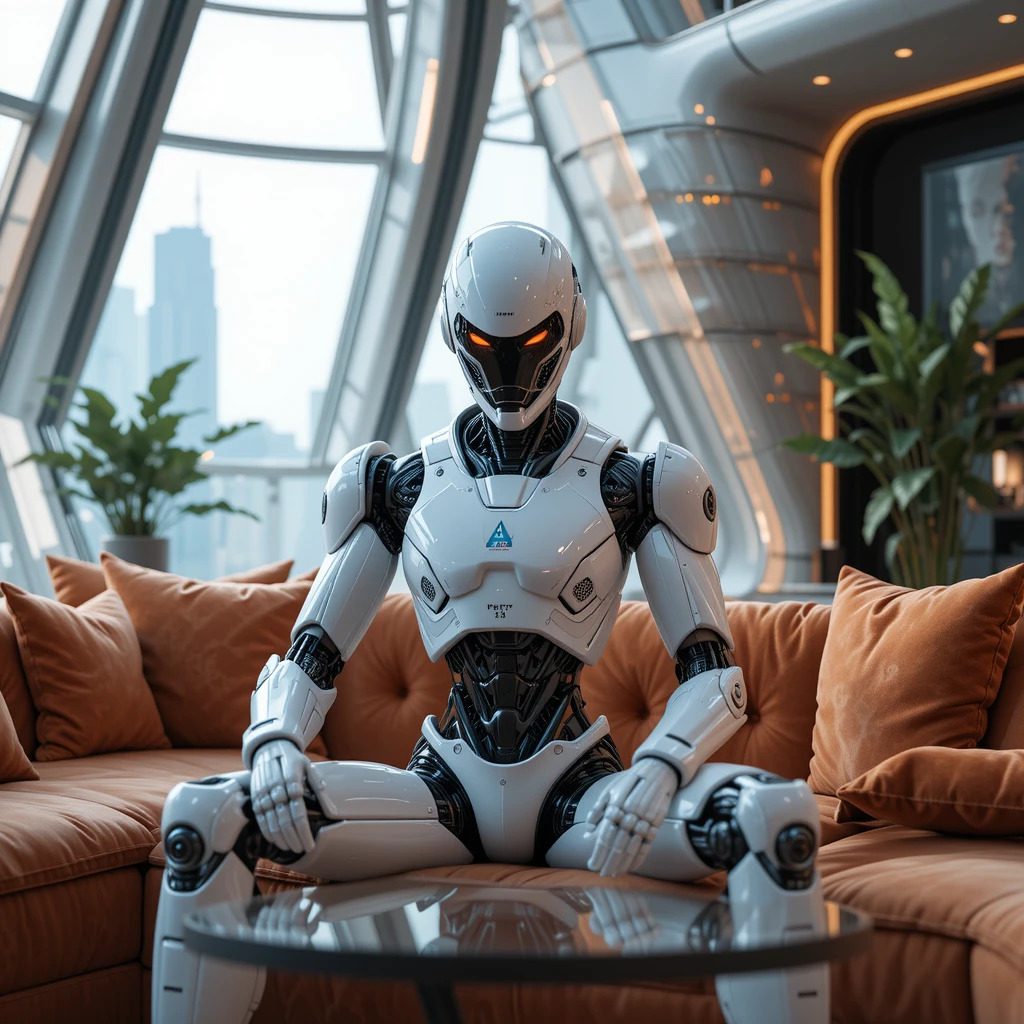In a world where artificial intelligence is writing essays, self-driving cars are navigating city streets, and robots are assisting in surgery, one question looms larger than ever:
Is the world truly ready for human robots?
The concept of human-like robots, or humanoids, once lived only in science fiction. But today, with companies like Tesla, Boston Dynamics, and Hanson Robotics creating increasingly advanced machines, the line between human and robot is blurring. From emotional AI to lifelike mobility, we’re entering uncharted territory.
So—what does it really mean for society, ethics, and everyday life? Let’s dig in.
🤔 What Are Human Robots, Exactly?
“Human robots” typically refer to humanoid robots—machines that not only look and move like humans but are also designed to think, communicate, and even feel like us (or at least simulate emotions).
Key features include:
- Lifelike appearance (face, skin, gestures)
- Advanced speech recognition and generation
- Emotion-simulating AI
- Mobility and dexterity similar to human motion
Examples:
- Sophia by Hanson Robotics – known for human-like expressions and conversation.
- Tesla Optimus – designed for general tasks, mimicking human physical form.
- Ameca by Engineered Arts – perhaps the most expressive robot ever built.
🌍 Are We Technologically Ready?
From a tech perspective, yes—mostly. Robotics and AI have made leaps in:
- Natural language processing (chatbots, virtual assistants)
- Machine learning and vision systems
- Human-like robotics and mobility
- Voice synthesis and facial expressions
But we’re not fully there yet:
- Emotional understanding is still artificial
- Robots can act “human,” but don’t actually experience consciousness or empathy
- Fine motor skills are improving, but limited compared to human hands
So while we’re close in appearance and function, true human parity is still years—maybe decades—away.
🧠 Is Society Ready for Human Robots?
Now here’s where it gets complicated.
✅ Potential Benefits:
- Elderly care – robots can assist aging populations
- Dangerous jobs – mining, military, rescue operations
- Service industry – 24/7 help with no fatigue
- Companionship – for the lonely, disabled, or those in care
⚠️ But There Are Major Concerns:
- Job displacement – Will robots replace human workers?
- Privacy – Can humanoid robots be trusted with sensitive data?
- Ethical boundaries – Should robots have rights? Can you abuse a machine that feels human?
- Identity crisis – If a robot looks and acts human, what makes a human… human?
And then there’s the Uncanny Valley—that eerie discomfort people feel when a robot looks almost human, but not quite. This psychological phenomenon is still a barrier to mainstream acceptance.
⚖️ Legal & Ethical Questions
The rise of humanoid robots raises deep questions:
- Who is responsible if a robot causes harm?
- Should robots have ethical programming to avoid manipulation?
- Can a robot develop biases if trained on flawed data?
- Should human-robot relationships be encouraged or limited?
As of now, laws around robotics and AI are lagging behind the technology itself. Countries are starting to draft AI regulations, but humanoid robots still exist in a gray area.
🤷♂️ So… Is the World Ready?
In some ways, yes. We’re ready in curiosity, ready in innovation, and ready to test the limits of what’s possible.
But in terms of societal adaptation, emotional readiness, and ethical maturity, we’re still catching up.
In short:
The world is preparing for human robots—but not quite ready.
There’s excitement, fear, and wonder all rolled into one. The key will be balancing progress with responsibility, ensuring we design a future where humanoid robots serve humanity—not replace it.




